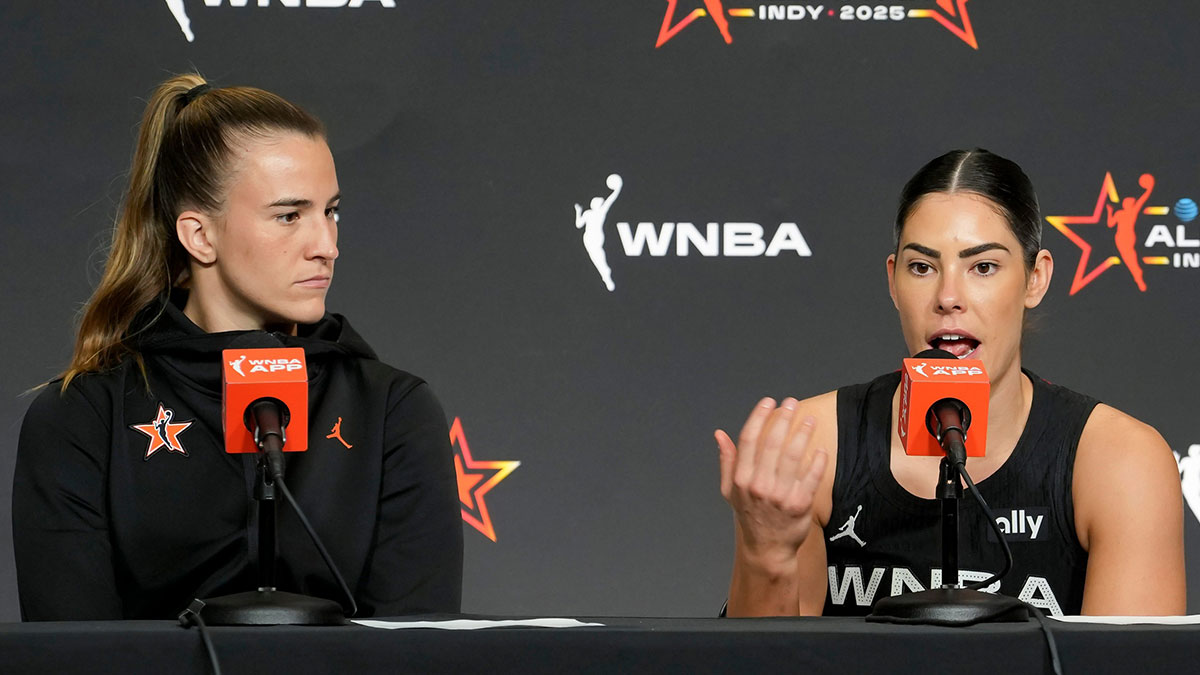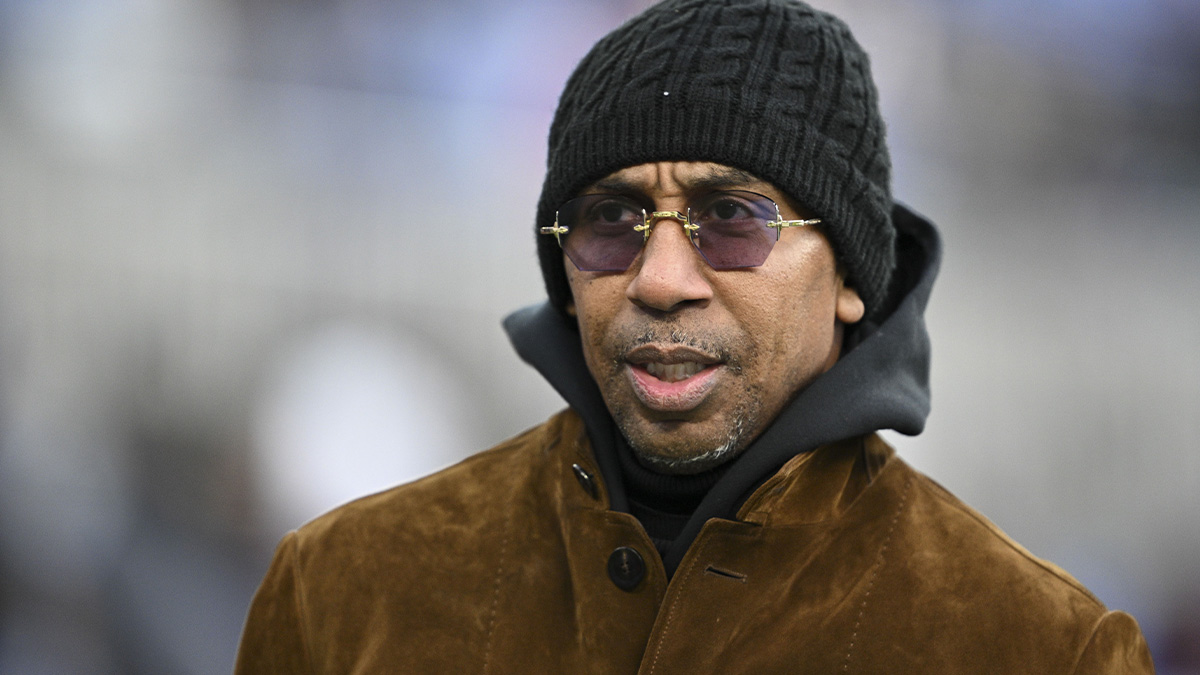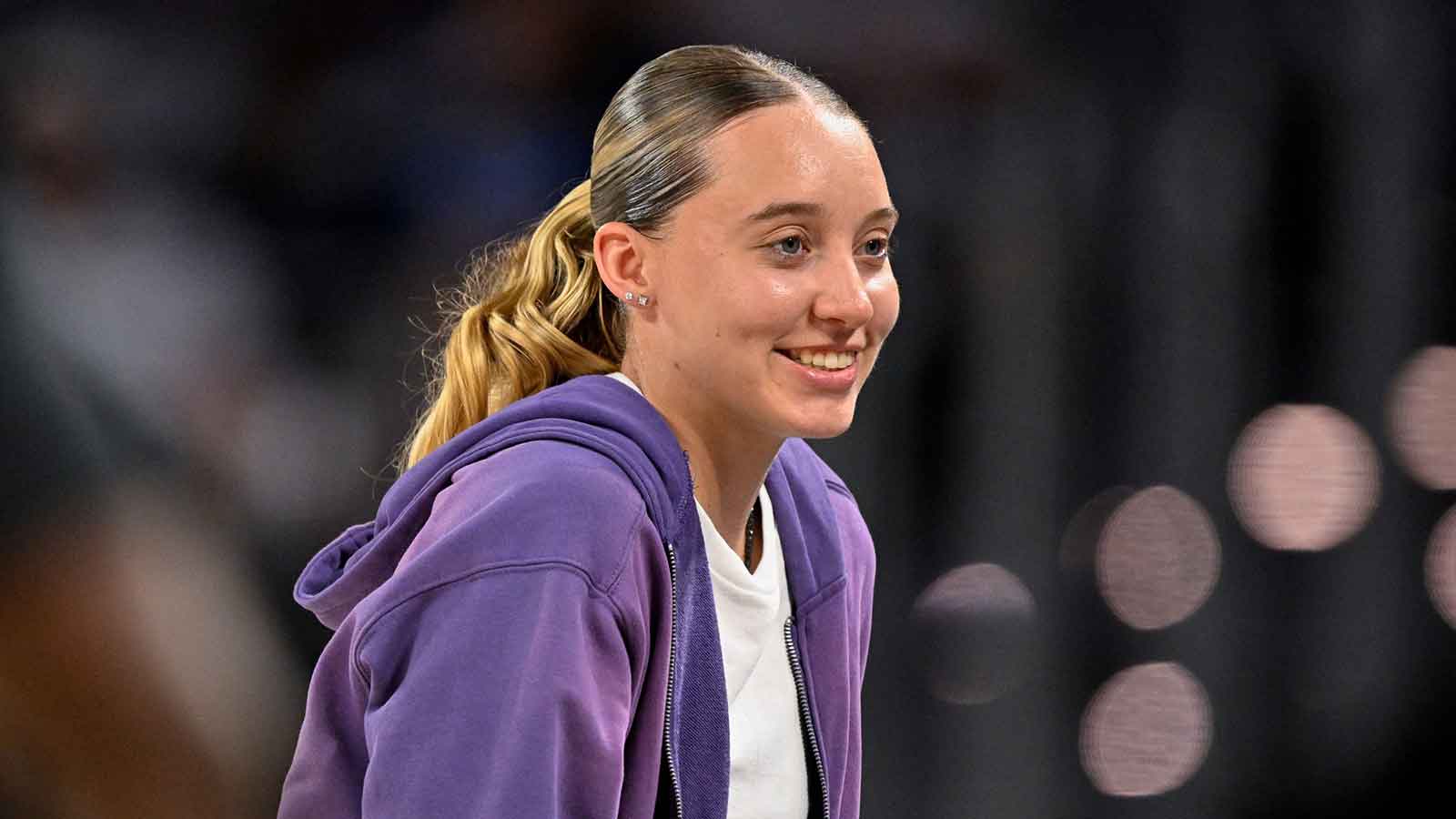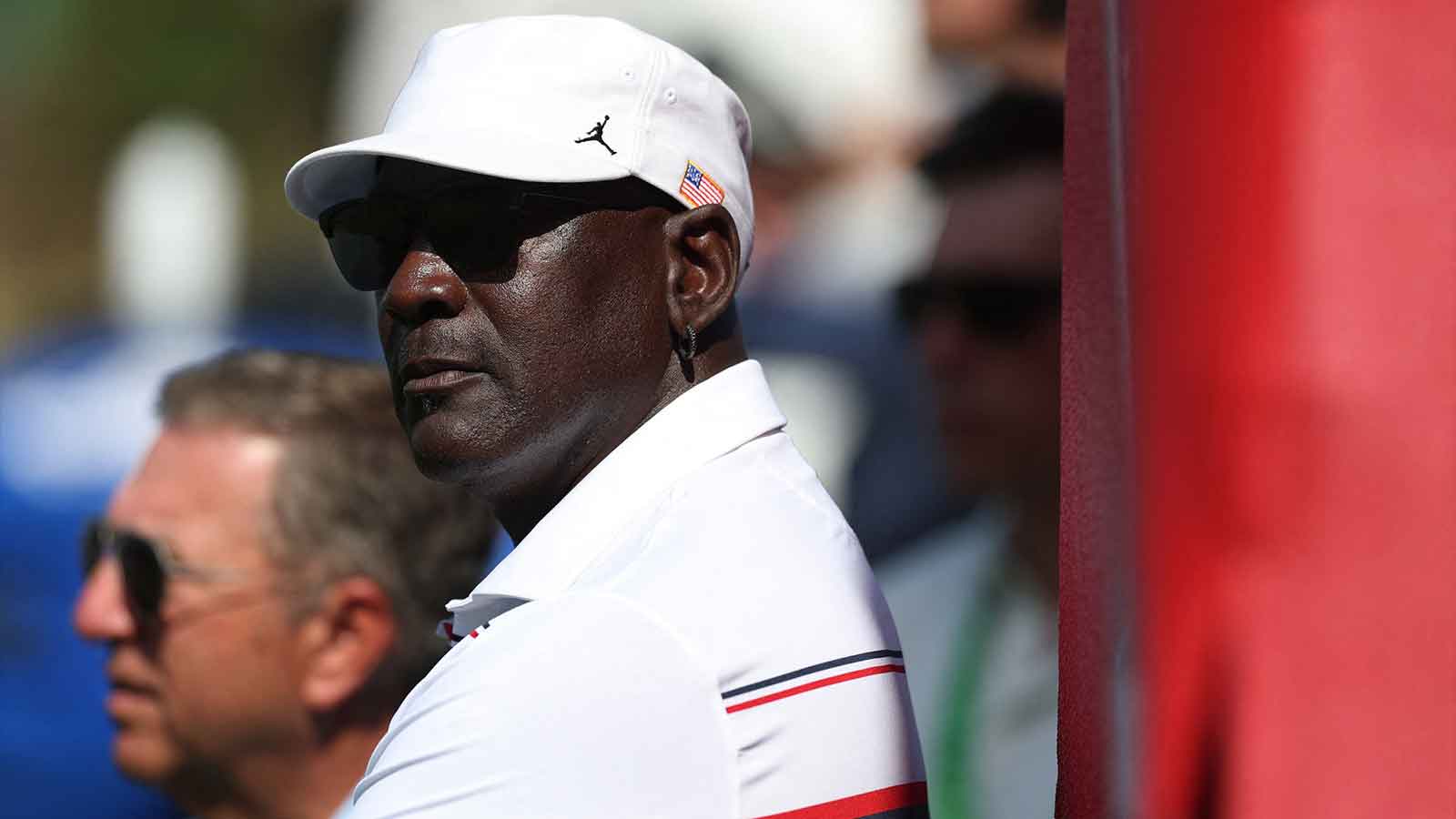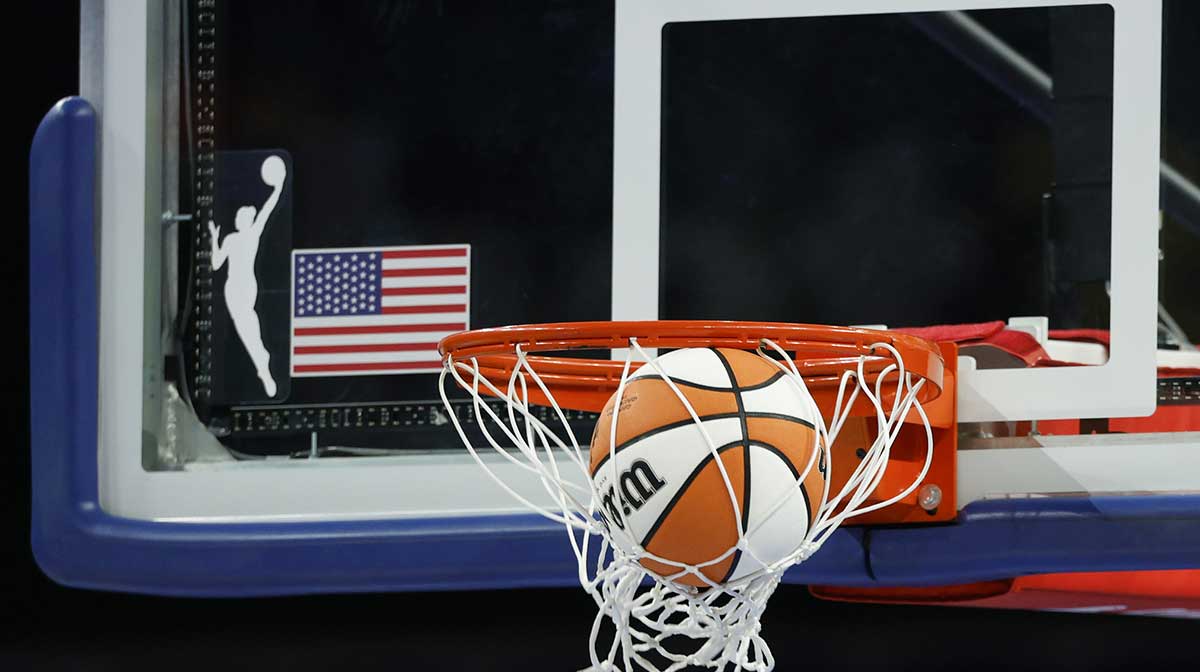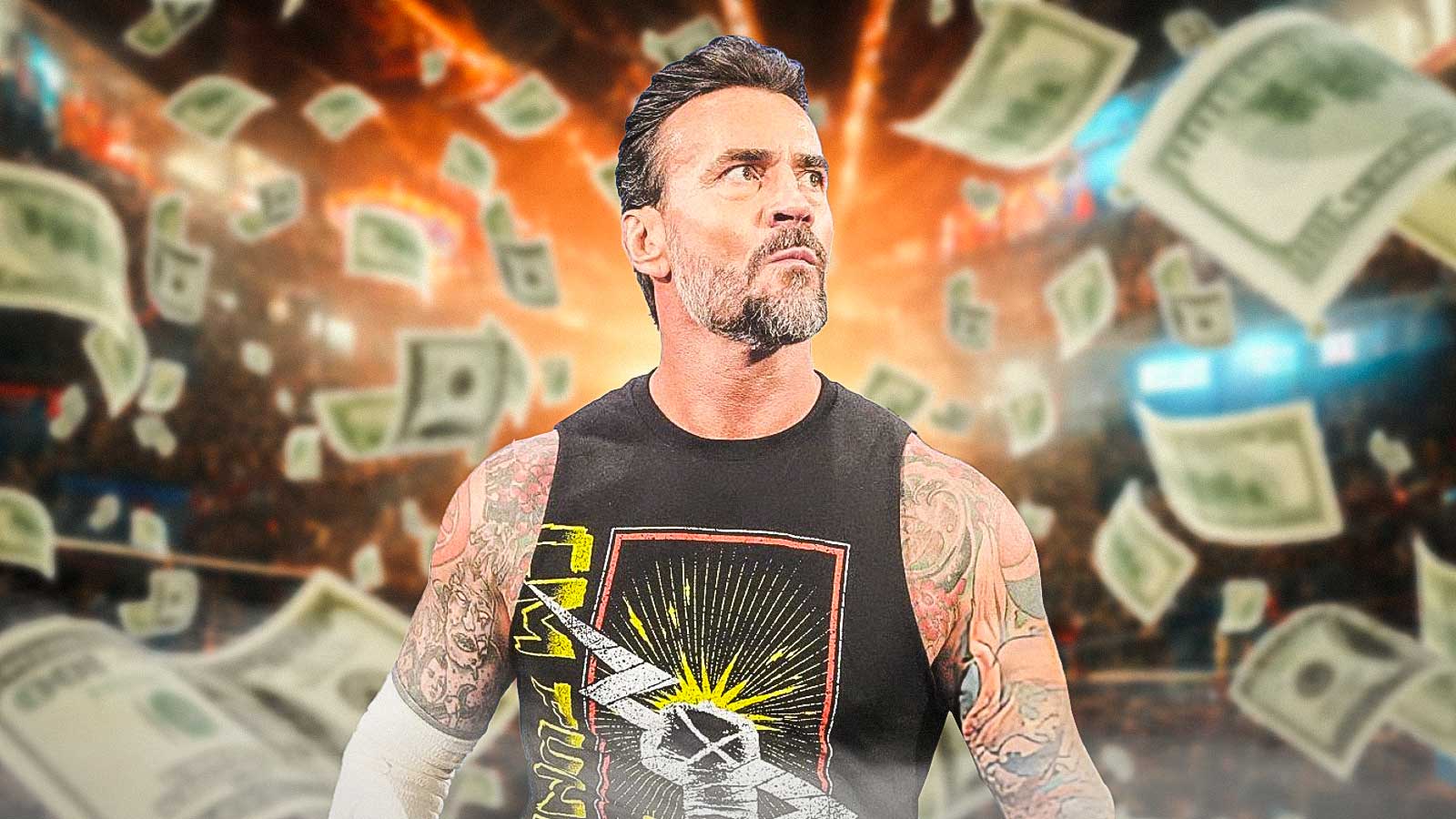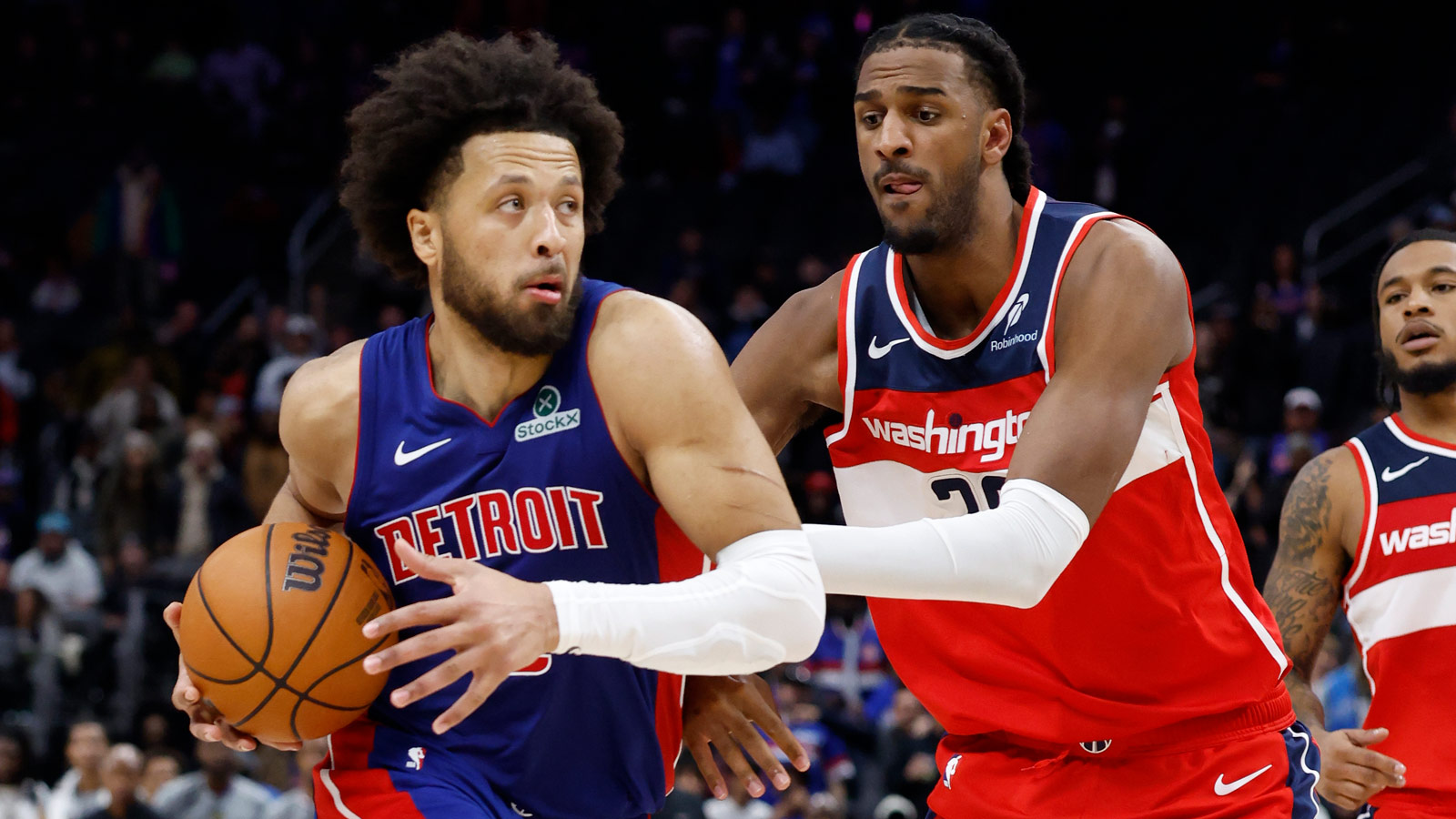The WNBA finds itself at a defining moment in its history. Following the league’s 2025 All-Star Weekend, the collective bargaining agreement (CBA) negotiations between players and league officials have emerged as the most pressing issue for the future of women’s basketball. As the current CBA, originally signed in 2020, faces an early opt-out deadline triggered by the players’ union, discussions about salaries, revenue sharing, working conditions, and benefits are intensifying.
The events surrounding and following All-Star Weekend have brought these issues into the public spotlight, galvanizing fans, amplifying player voices, and revealing the stark gaps that still exist between the league’s rapid growth and how its athletes are compensated and treated. Here are all the must-know details of where the WNBA CBA talks currently stand.
Background
The current CBA, signed in 2020, was originally set to expire in 2027. However, the WNBPA (Women's National Basketball Players' Association) exercised its opt-out clause in October 2024, bringing negotiations to the forefront in 2025. With the opt-out effective October 31, 2025, the two sides must reach a new agreement before that date to avoid a potential work stoppage or lockout. The union submitted its initial proposal in February, but it wasn’t until June that the league presented a counterproposal — a delay that many players interpreted as a sign of disrespect or disinterest.
The context surrounding this CBA renegotiation is unlike any in league history. With increased viewership, lucrative media deals, rising fan engagement, and high-profile stars such as Caitlin Clark, Angel Reese, and Paige Bueckers involved, players are asserting their leverage. The question is whether the league is prepared to meet this new era with action or continue operating under outdated norms that undervalue its talent.
How 2025 WNBA All-Star Weekend shifted everything
The WNBPA officially has a version of the “Pay Us What You Owe Us” shirt available for purchase.
It says “Pay Them What You Owe Them.”
(📸: TheWNBPA on IG) pic.twitter.com/wq6gGxH8kQ
— Meghan L. Hall (@ItsMeghanLHall) July 21, 2025
The 2025 All-Star Weekend in Indianapolis became a flashpoint for CBA negotiations. Behind the scenes, over 40 players gathered for a landmark two-hour meeting with WNBA Commissioner Cathy Engelbert and other league executives. It was the largest union turnout for a CBA discussion in the W's history, reflecting a growing sense of unity among players.
Publicly, the players made their stance clear. Every all-Star wore black T-shirts during warm-ups emblazoned with the phrase, “Pay Us What You Owe Us,” a bold protest against the league’s perceived inaction. The message resonated with fans, who joined in with chants during the MVP presentation. While Commissioner Engelbert described the meeting as “constructive,” several players, including longtime WNBPA leader Nneka Ogwumike and her Storm teammate Gabby Williams, expressed disappointment at the league’s response, calling the counterproposal inadequate and disconnected from player realities.
Core issues
A few main areas are at the center of the negotiations: Revenue sharing, salaries and the salary cap, working conditions, and player benefits.
Revenue sharing is perhaps the most contentious. Currently, players receive roughly 9% of league revenue — a far cry from the approximately 50% NBA players receive. The union is pushing for a model where salaries grow in tandem with league success, arguing that players should directly benefit from rising media contracts, attendance, and merchandise sales. The league has acknowledged the need for evolution and has hinted at revising revenue-sharing frameworks, but clear terms have not been laid out.
Salaries and team spending are another major sticking point. The current salary cap per team stands at around $1.46 million, with top players earning roughly $242,000 and rookies starting near $66,000. Players are pushing for a softer salary cap and greater flexibility to expand rosters, enabling more equitable pay distribution and reducing player fatigue.
Fatigue is more than hypothetical; it’s a growing concern as the season expands. The 2025 season includes 44 games, but players now average only 2.7 rest days between games, compared to 4.0 in 2021. The union wants not only better scheduling but also commitments to travel standards, wellness protocols, and adequate recovery time. With expansion teams on the horizon and more games being added, these improvements are seen as essential for long-term health and performance.
Player benefits round out the main issues. The union is advocating for guaranteed retirement packages, enhanced maternity and family planning policies, and league-wide facility standards. While Engelbert and the WNBA have shown support for these ideas in theory, the challenge lies in implementation and ensuring that these benefits are backed by enforceable commitments rather than verbal assurances.
Who holds the leverage?
Unlike previous negotiations, the players are entering this round with significant public support and commercial leverage. Viewership is at an all-time high, the WNBA recently inked a media rights deal worth $2.2 billion beginning in 2026, and attendance and merchandise sales have grown steadily year after year. With expansion franchises set to launch in Toronto, Portland, and eventually other cities in Detroit, Philadelphia, and Cleveland, the financial pie is growing, but who gets to eat from it is still a debate.
Players are also exploring new ways to reduce reliance on the W. Licensing agreements like Napheesa Collier and Breanna Stewart’s “Unrivaled” league allow players to generate income in the offseason independent from the WNBA. This financial freedom strengthens their bargaining position and reduces the league’s leverage in pressuring players to accept subpar terms.
Leadership plays a vital role as well. Ogwumike and others have emerged as not just athletes but strategic thinkers and advocates. Their efforts have reframed the CBA negotiations as not just about money but about fairness, health, and the future of the sport. The players’ unified message resonates beyond the court, bringing women’s sports into mainstream business and labor conversations in ways rarely seen before.
Possible outcomes
With a deadline looming on October 31, 2025, the clock is ticking. Several outcomes are possible. The best-case scenario for players would be a transformational agreement with a higher revenue share, a softer salary cap, improved benefits, and codified standards for facilities and travel. A more modest scenario would see incremental gains, like higher salaries and limited benefits, without addressing deeper structural issues.
The worst-case scenario would be a breakdown in negotiations leading to a strike or lockout. While this remains the last resort, the players have made it clear that they're prepared to walk away if the WNBA CBA fails to meet their core demands. For fans, this means that the outcome of these talks could significantly impact — or possibly even cancel — the 2026 season and beyond.
In the meantime, fans, analysts, and WNBA observers will be watching closely for any negotiation updates, public statements, and signs of movement on revenue sharing or roster policy. Any of these factors could offer insight into which direction the league is heading.
The post-All-Star Weekend CBA negotiations represent a pivotal moment — not just for the WNBA, but for women’s professional sports as a whole. With unprecedented growth, public support, and player solidarity, the league has a chance to forge a new path that reflects the value of its athletes and the reality of its business potential. Whether the WNBA rises to meet this moment or squanders it will determine the future of the sport and the legacy of this generation of players.

